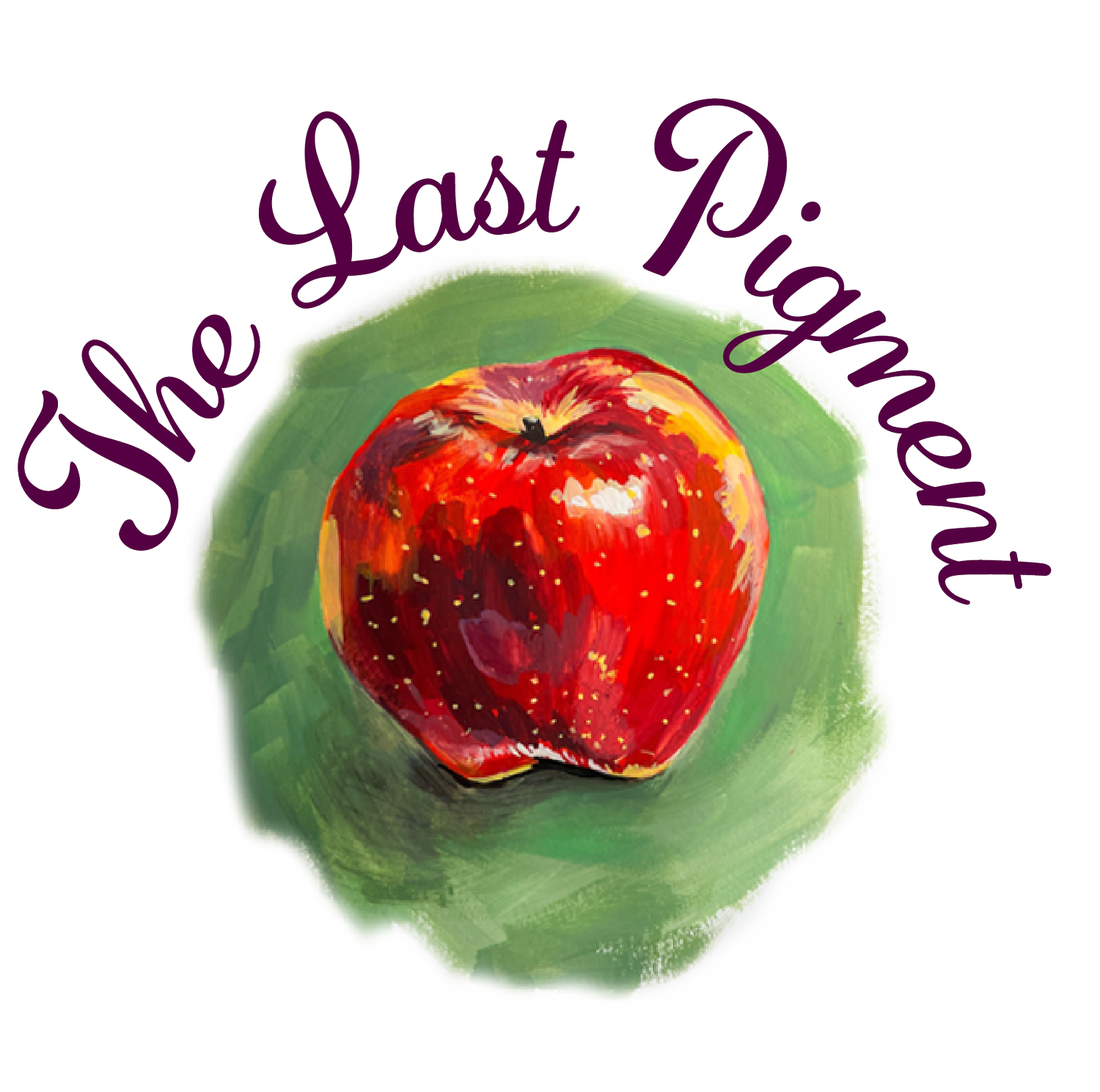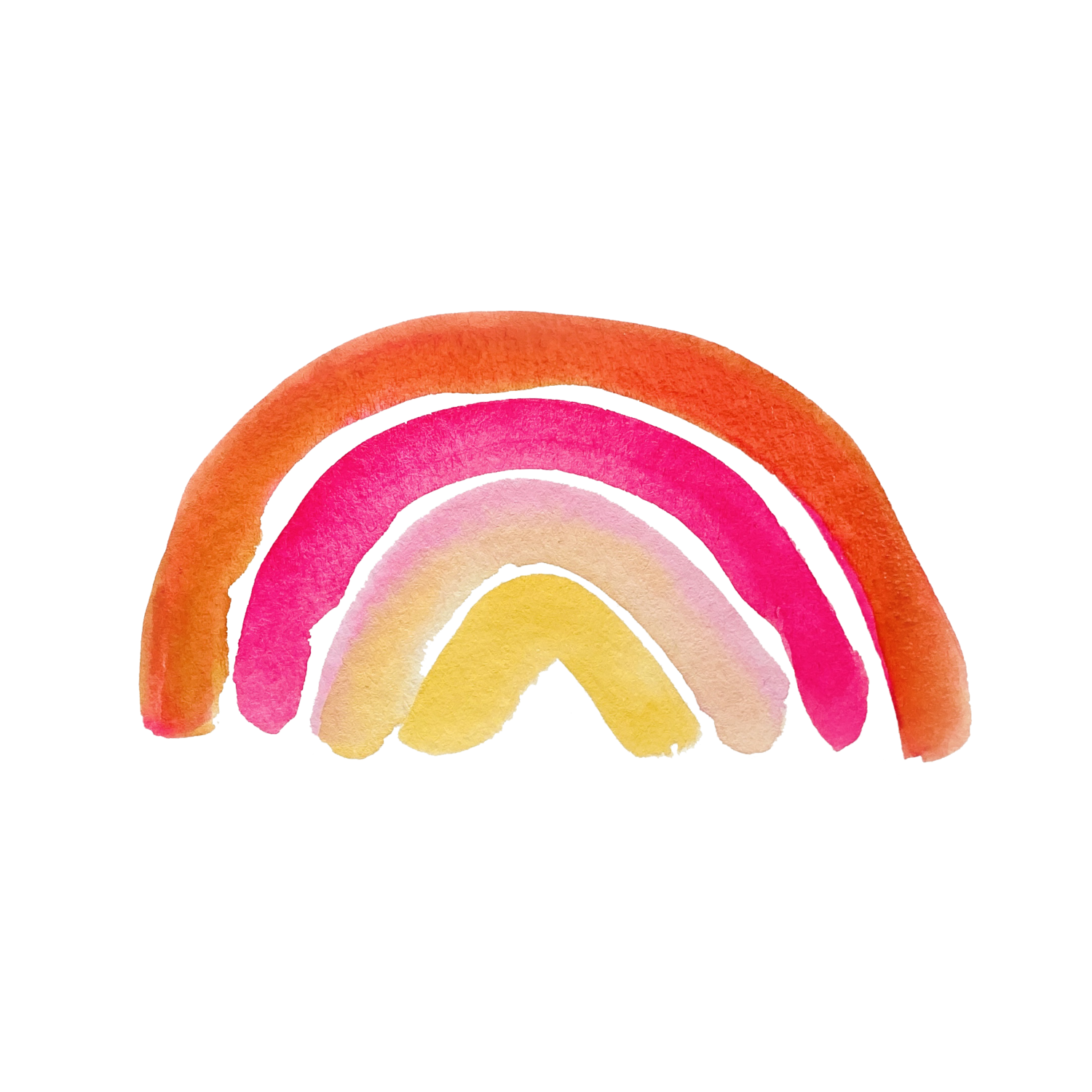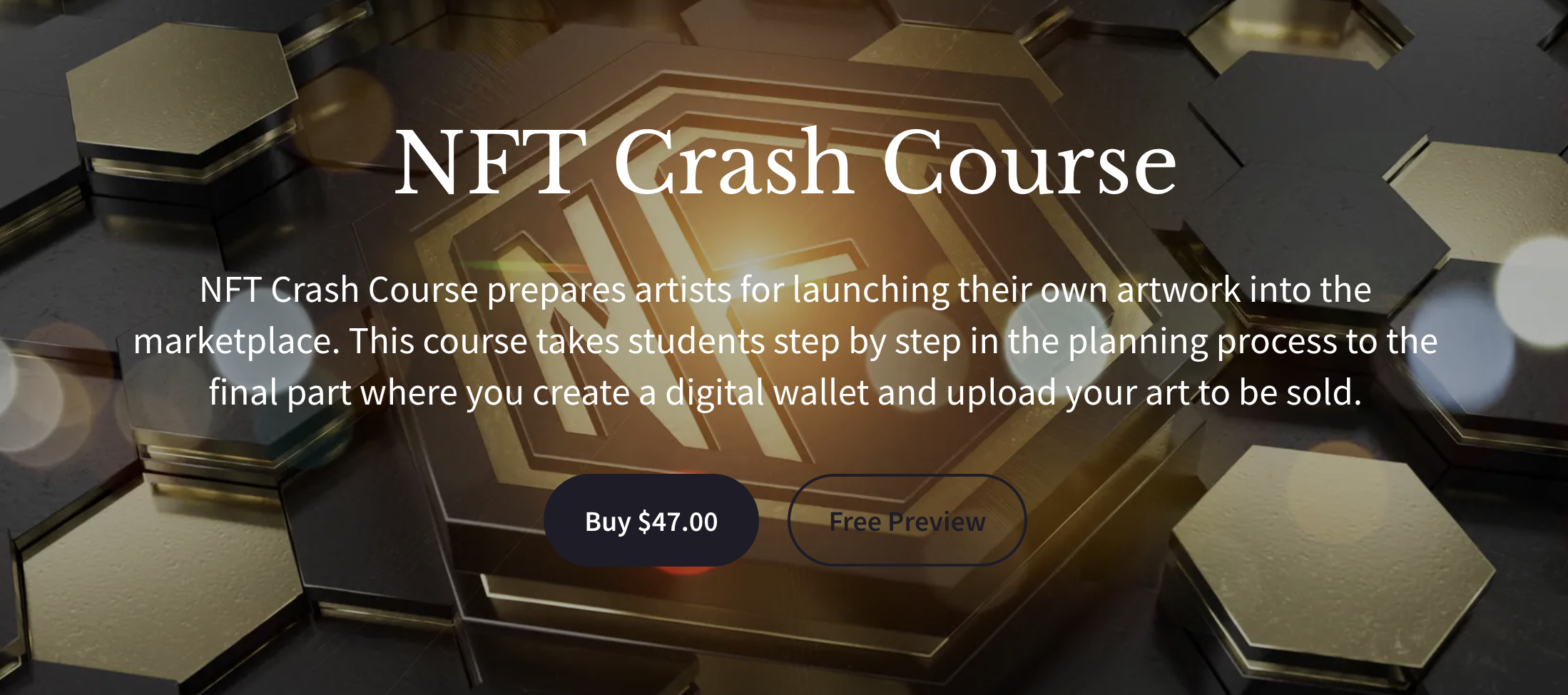What are Generative NFTs?
NFTs are getting a lot of attention recently. They can be bought, sold, and transferred like other forms of digital property, but what sets them apart is their proof of ownership through a digital wallet. This proof makes it possible for NFTs to be traded on the open market, just like any art or commodity. So what happens when you combine NFTs with generative art? The result is infinite different versions of a single artwork through the use of AI, coding, and other technologies. Do you want to learn how to make generative art? Check out my NFT Crash Course for beginners.
What are NFTs and why are they popular now?
Photo courtesy Antoni
If you're new to the world of digital assets, NFTs are a great place to start. They're basically digital assets that can be owned and then traded or sold on secondary markets similar to trading cards. The concept of the NFT is similar to a trading card because you can collect or hold as many as you like. Like other cryptocurrencies, NFTs are created using blockchain technology. The concept behind blockchain is similar to the way a database works—it stores data in blocks that are identical and cannot be changed once they've been recorded—but instead of using a central server like most databases do, it uses thousands of computers that work together to update the ledger (the database). This process makes it impossible for anyone other than those who are authorized by the network operators to make any changes; if someone tries to tamper with an existing record in order to alter its value or ownership rights, their attempt will fail because there's no single source for authenticity checks between parties involved in transactions conducted via this type of currency system.
What are generative NFTs?
Generative art is a form of art that generates new artworks or NFTs based on input from its creator. It has been around for decades, with notable examples including the work of Harold Cohen (AARON), who pioneered the technique in the 1960s, and more recently James George's work with his algorithmically-generated paintings.
Generative NFTs are a combination of generative art and NFTs. They take advantage of your computer’s processing power to generate unique digital assets on demand by combining random numbers with pre-stored images and text. This means that each time you buy or sell one, it will be unique to you!
Generative NFTs are like cryptocurrencies because they have value attached to them by their owners: when someone buys a generative NFT from you or from someone else who already owns it, they will pay you some ETH (or another cryptocurrency) in exchange for ownership over that piece.*But unlike traditional cryptocurrencies like Bitcoin or Ethereum itself—which only exist within their respective networks—generative NFTs live on IPFS alongside other types of digital content such as photos or videos.*You can use them just like any other kind of asset: send them back and forth between people as gifts; trade them online through marketplaces like OpenSea; display them proudly in your home as physical collectibles; even frame them if you want! Some creators use CSS to create generative NFTs. There are many different ways to create them.
What is CSS Art for NFTs?
CSS Art is a form of computer art that uses CSS to generate images. CSS stands for cascading style sheets. These are the building blocks of how web pages look nice on the internet. HTML is the frame of the website, and CSS are the styles that make the content look nice.
NFT creators have harnessed the possibility of coding with art. For years, people have been using many different methods to create computer generated art. This technology is not computer generated. It’s instead creating versions of your artwork based on many different attributes you provide. It’s also known as Generative Art, Procedural Art, and Algorithmic Art.
How do we generate the CSS art?
You’ll need to create two functions that generate CSS code and an image. The first function will be called generateStyle() and it will return a string of CSS code that you can use as the background property on an HTML element. The second function, generateImage(), will return an HTML tag that contains the source code for your chosen image.
The following JavaScript snippet demonstrates how this could work:
```javascript
// create a new class called GenerativeNFT
class GenerativeNFT {
// add a constructor method so you can set up your generative NFTs with some properties and values
constructor(name) {
// set up properties for this class
this._name = name;
this._sourcePath = 'https://www.examplecom/nft-generator/nft_' + this._name + '.png';
}
// add “generateStyle” method which returns a string of css, ready for use as background-image property on any html element (p)
generateStyle() { // using PostCSS plugin `postcss-reporter`, return a string containing the css generated from our input file `input` in this case we are using `banana.css` as input file name but we could also use another file if needed - https://github.com/postcss/postcss-reporter#installation
Generative NFTs combine different new and interesting concepts and technologies.
Generative NFTs combine different concepts and technologies, such as CSS art and blockchain. There are many ways to construct generative NFTs that do not involve CSS coding. NFTs can also be generated from a Photoshop file with output batching.
For example, you can use the same concepts from the article to make a generative NFT that is an artwork that changes over time after someone buys it.
Putting it all together and enjoying the outcome of your
Generative NFT!
So, you've got your head around the basics of generative NFTs. You know what they are and how they work. Now it's time to put it all together and enjoy the outcome!
The best way to learn is by creating your own generative NFTs. I would begin with learning how to create your first NFT and the build out the assets, meaning the different attributes the NFT could have. Then select the technology you would like to use in order to create the generated output.
If you would like to learn how to do this from beginning to end, check out the NFT Crash Course.
Conclusion about Generative NFTs
I really hope you enjoyed this article as I described the process for developing generative NFTs. If you’d like to learn about this topic more in depth and dive into collection building my NFT Crash Course covers this extensively. I also deep dive into the marketing fundamentals you will need to move the needle with your project.



